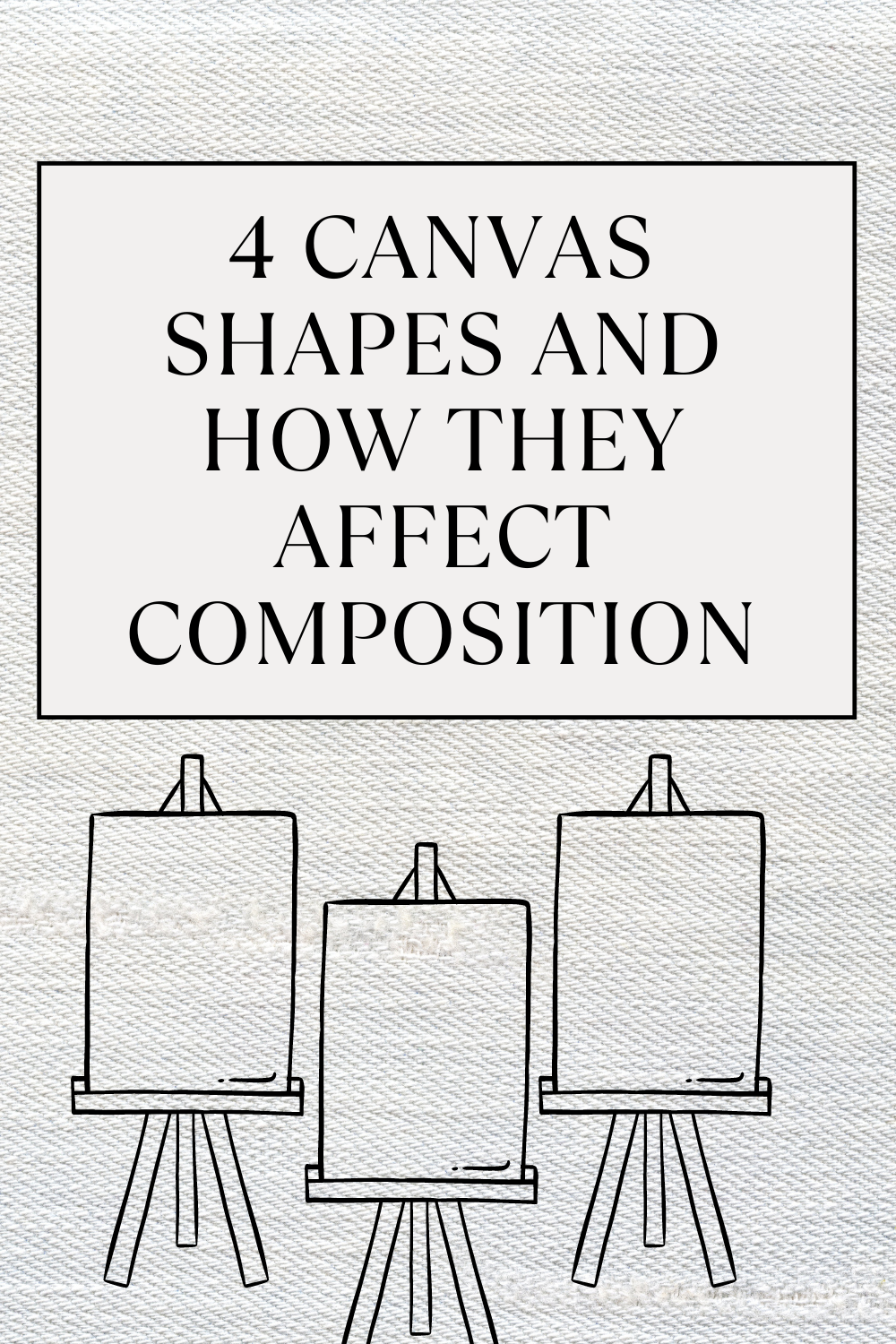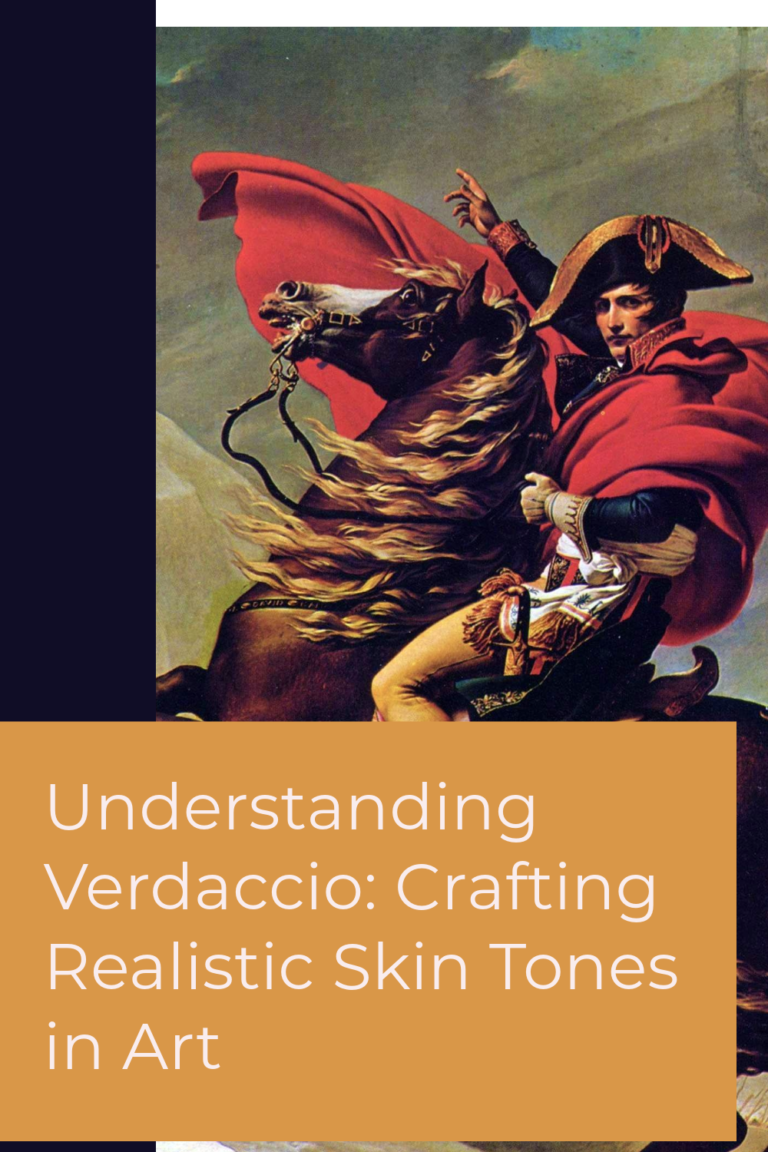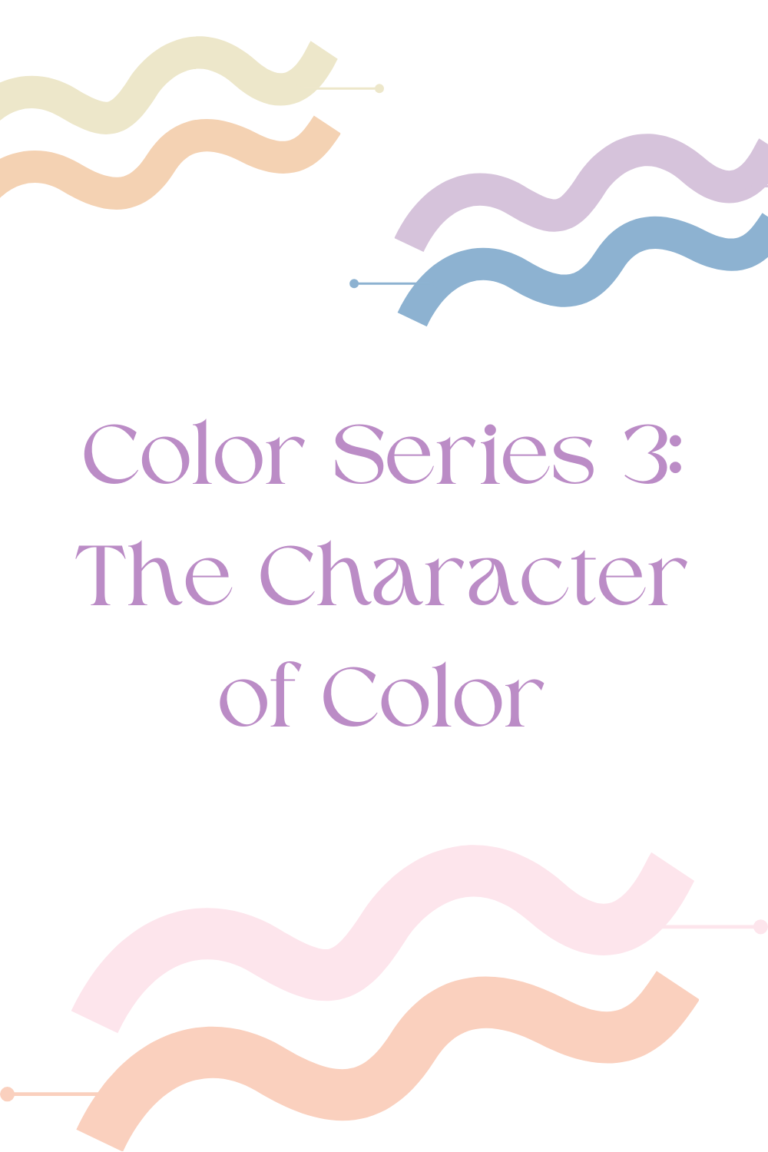The canvas shape is a fundamental element that influences the overall composition of a painting. Let’s explore the different canvas shapes and their impact on the artistic vision.
1. Rectangular Shape
The classic rectangular canvas is the most common format. Horizontal rectangular canvases, often called “landscape” orientation, are well-suited for depicting expansive scenes like landscapes or seascapes. The rectangular shape helps convey a sense of breadth and depth.
2. The Golden Rectangle
The golden rectangle is a specific rectangular proportion based on the golden ratio (approximately 1:1.618). This shape is considered aesthetically pleasing and harmonious.
Thomas Moran’s painting “The Teton Range” is an excellent example. The horizontal canvas allows Moran to capture the magnificent scale of the mountains and scenery. The artist intentionally or intuitively used the golden rectangle ratio to first draw our gaze to the lower right point, where the golden sun shines on the rock. The viewer’s eye is then led down to the stream on the left, then to the majestic mountains on the far horizon.
This painting demonstrates how an artist can use a landscape format to evoke the breadth and depth of a scenery.
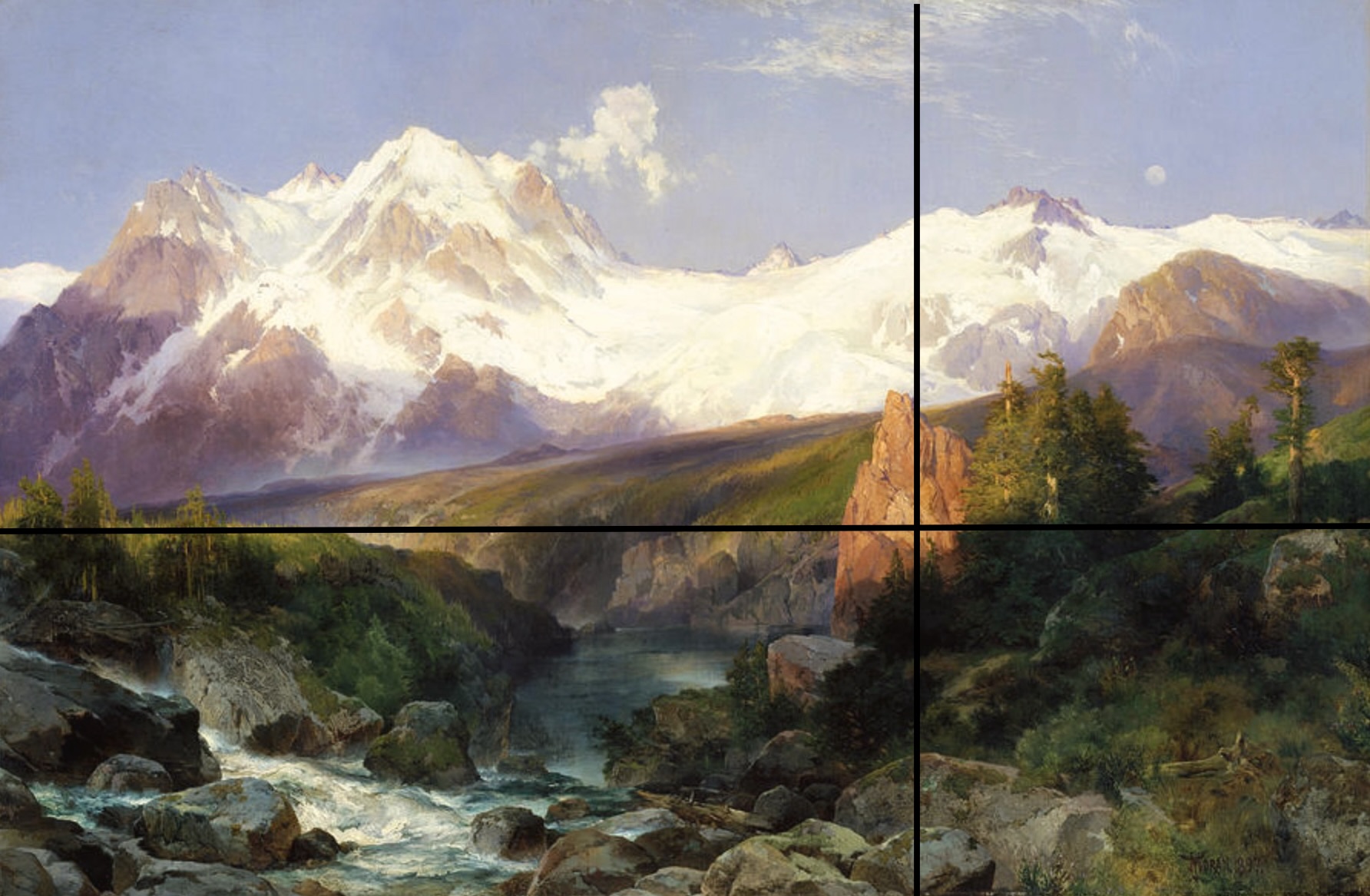
The Teton Range, Thomas Moran
3. Portrait Shape
Vertical, portrait-oriented canvases emphasize height over width. This format is well-suited for portraiture, where the focus is on the subject’s face and expression. The upright shape complements the human form and helps convey a sense of stature or emotion.
Below are several portrait art photos I took while visiting Met this summer.
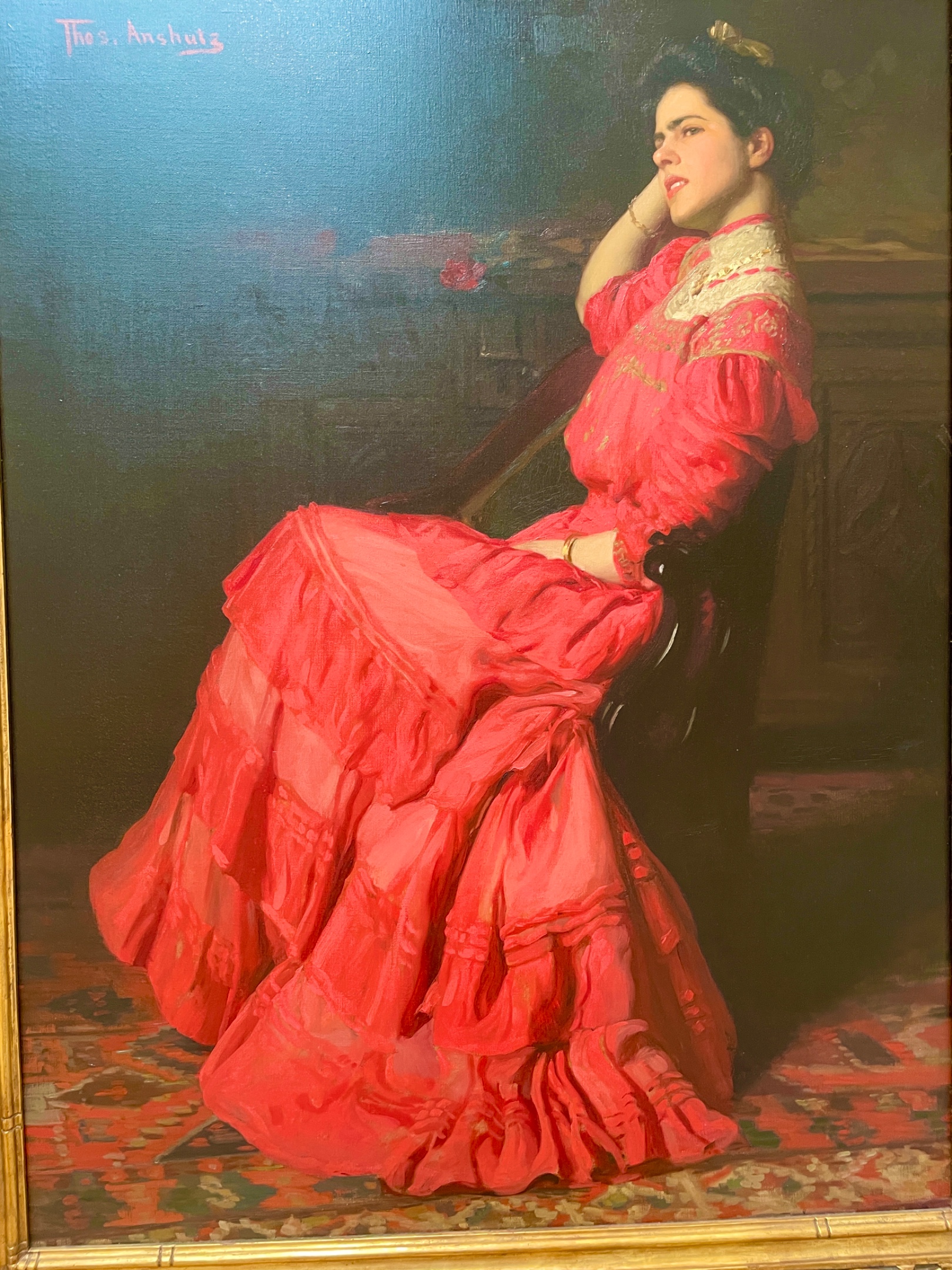
A Rose, Thomas Anshutz
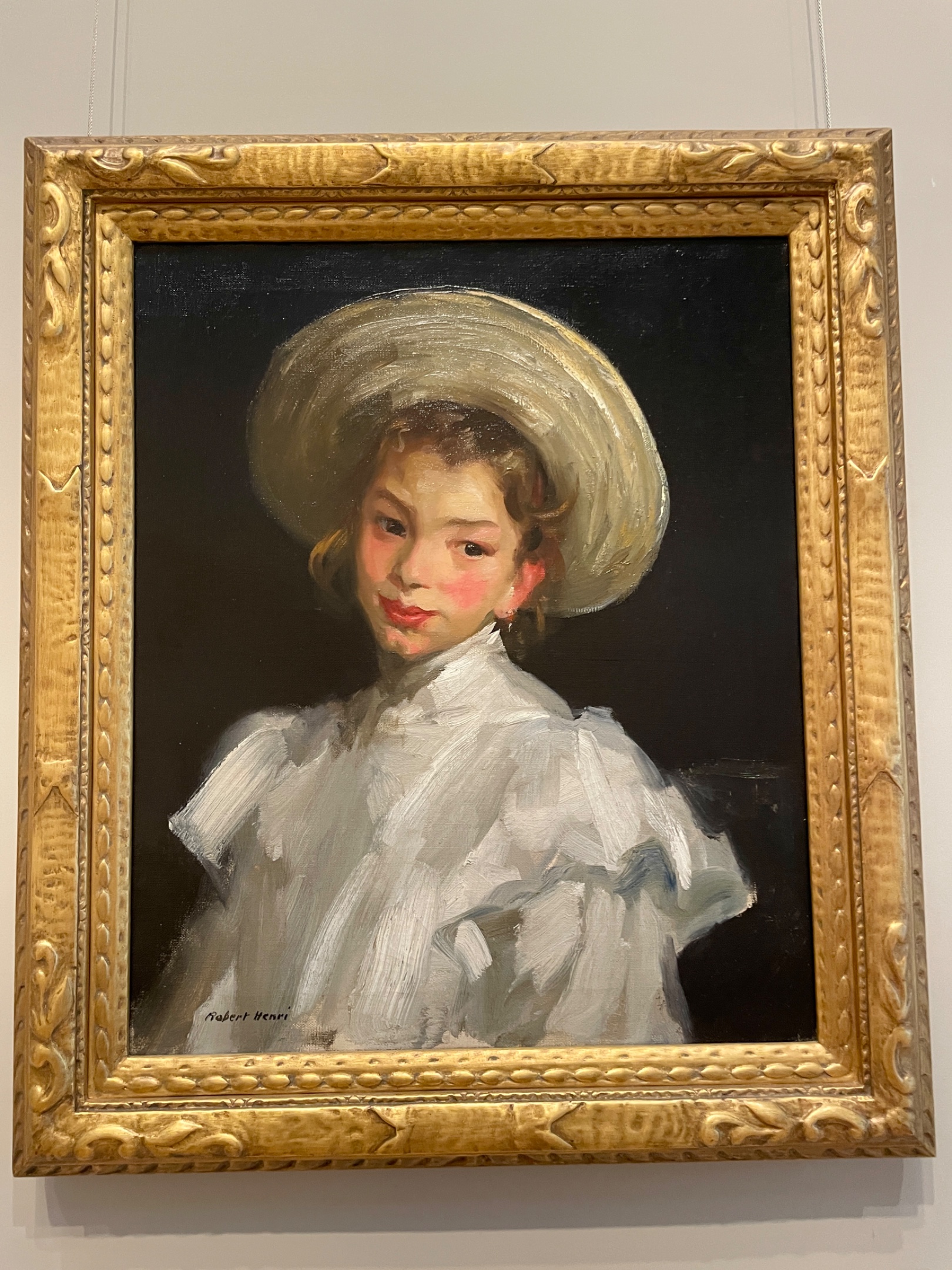
Dutch Girl in White, Robert Henri
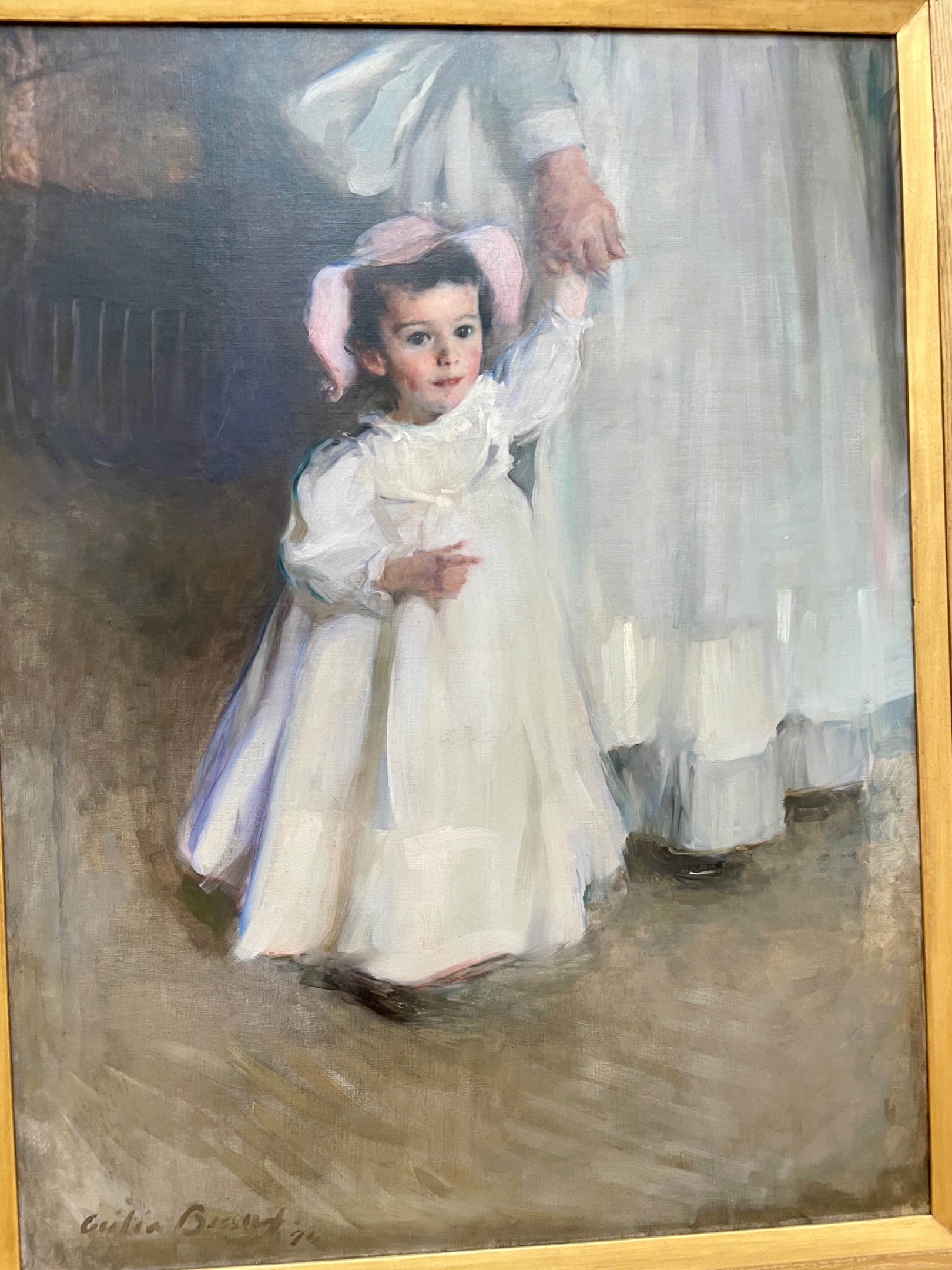
Child with Nurse, Cecilia Beaux
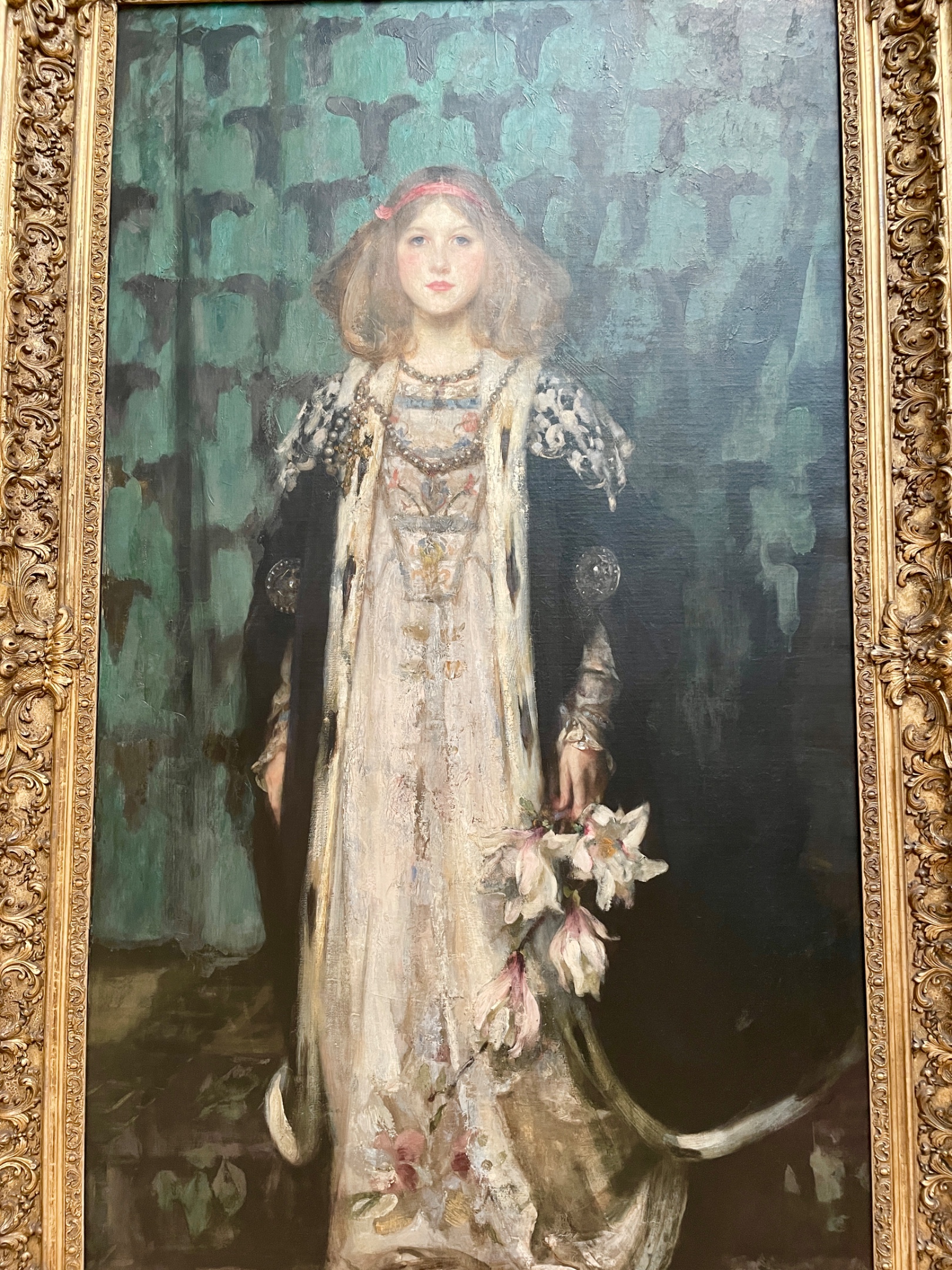
Magnolia, James Shannon
4. Multiple Canvases
Paintings composed of multiple canvases, such as diptychs (two) and triptychs (three), allow artists to tell more complex narratives or create larger, panoramic compositions.
Hieronymus Bosch’s “The Garden of Earthly Delights” triptych is a renowned example, with each panel depicting a different stage of the biblical story.
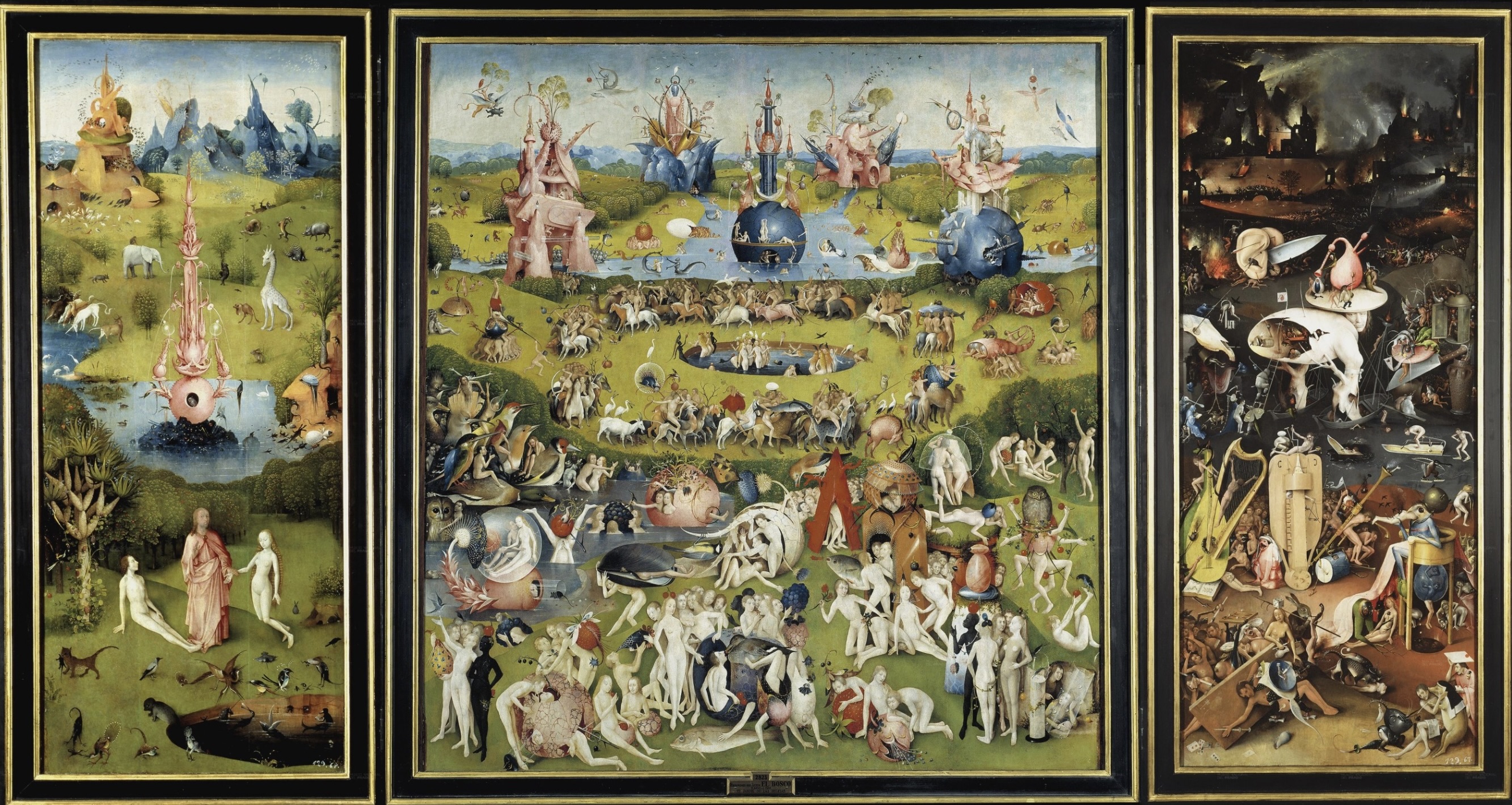
Monet’s famous water lily paintings were also created as triptychs, spanning an impressive 42 feet in total width.

Francis Bacon painted this triptych of his artist friend Lucian Freud in 1969. In 2013, this painting sold for a record-breaking $142.4 million. Christie’s describes the painting as ‘an undeniable icon of 20th Century art’. Each canvas is 78 inches by 58 inches.
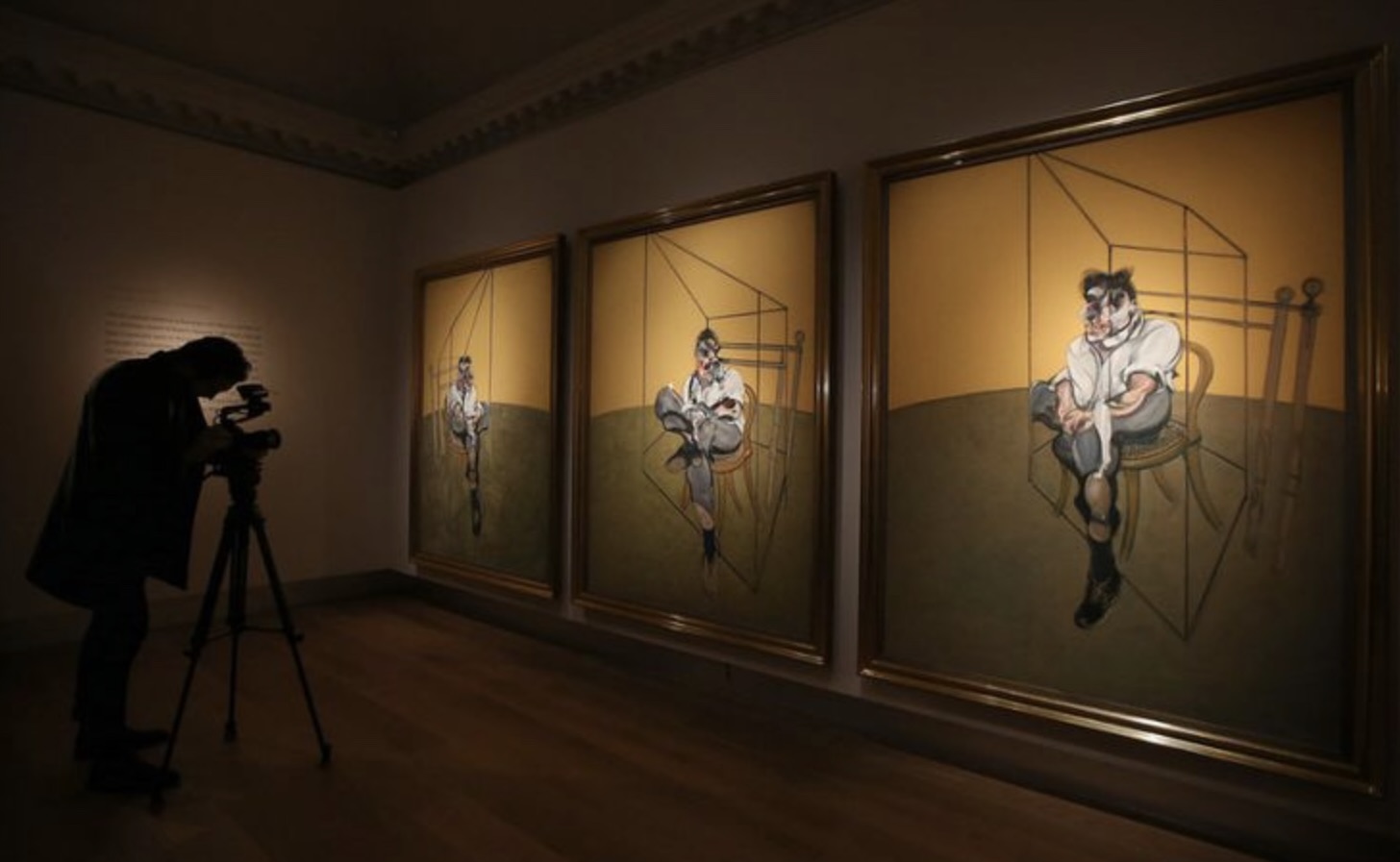
The choice of canvas shape is a powerful tool for artists to consider when planning their compositions. Each format offers unique strengths and can profoundly impact the final work of art.
As I continue to develop my own artistic practice, I find myself constantly exploring and experimenting with these different canvas shapes, always striving to find the one that best serves my creative vision.
How about you? Did this composition series help you to be more conscious about the design of your painting? Leave a comment below!

